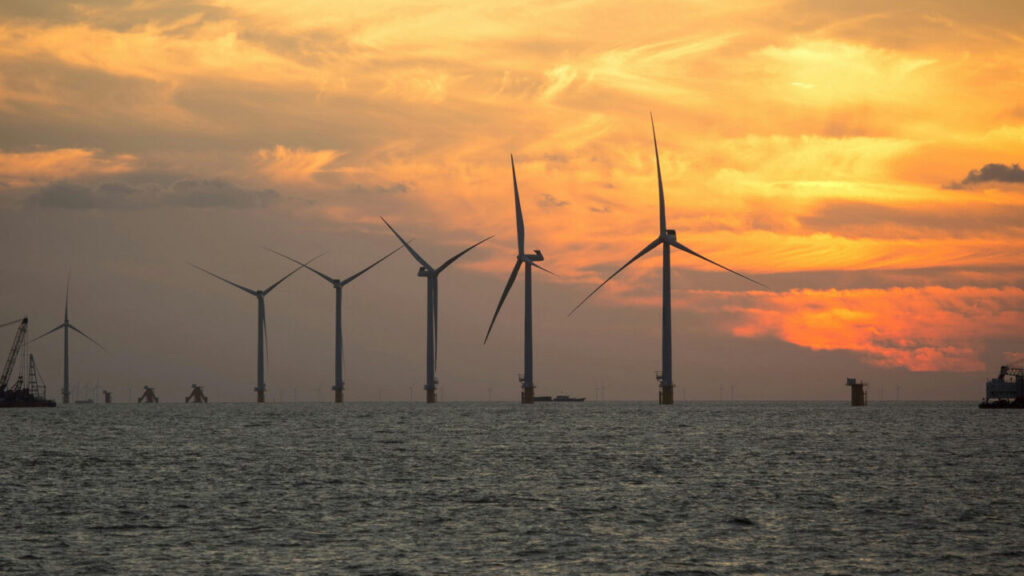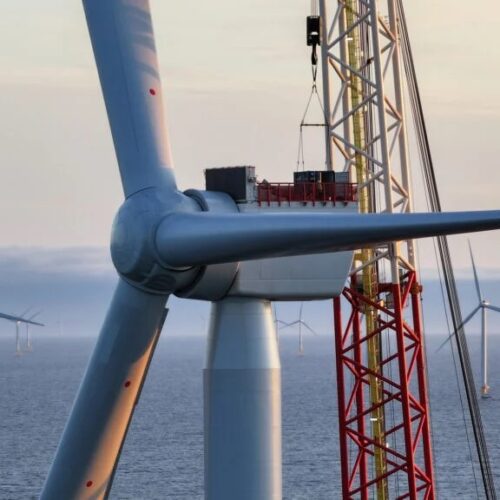Speaking at the 2024 Celtic Sea FLOW summit at the Eden Project in Cornwall, industry leaders—including Offshore Energies UK (OEUK) director Katy Heidenreich, emphasised the importance of collaboration between government, investors, and businesses to meet the UK’s ambitious wind energy target of 55GW by 2030.
At the event, Heidenrich outlined how OEUK members are contributing 13GW of the government’s target, with the Celtic Sea set to account for 4.5GW of the target’s floating offshore wind production, making it a critical component in achieving the government’s energy production goals.
The conference focused on how best to develop the required supply chain and infrastructure to ensure this energy can be efficiently delivered to industrial centres across the UK. The UK’s coastal waters, particularly those surrounding Scotland and the Celtic Sea, offer vast expanses suitable for offshore wind development, and the UK ranks second only to China in terms of offshore wind capacity.
However, Heidenrich stressed that additional investment would be needed—an average of £12 billion per year—to achieve 2030’s net-zero goal and that investment would need to be sustained for the next two decades to fulfil 2050’s targets.
“There will be a lot more offshore wind capacity towards the end of the decade and into the next, some of this driven by licences in the Celtic Sea, which will offer a huge economic boost to the Southwest of England and Wales,” said Heidenrich.
“We have an energy supply chain with over 50 years of expertise in delivering large-scale oil and gas capital projects and a workforce that will be vital to delivering our ambitious offshore wind programme across the whole of the UK.”
Unlocking economic growth
Much of the UK’s floating offshore wind capacity will be realised through projects like ScotWind, which is currently developing super-sized turbines up to 100 miles off the east coast of Scotland. Another significant initiative, the Innovation and Targeted Oil and Gas (INTOG) project, aims to harness wind energy to power offshore oil and gas platforms.
The potential for economic growth extends beyond the UK. Heidenreich pointed to the strategic opportunity for the UK’s oil and gas supply chain to diversify into offshore wind and extend its reach into international markets.
To ensure the UK is well-placed to capitalise on this opportunity, Heidenreich called for an extensive industrial strategy to boost the UK’s competitiveness in the global wind market but also support sustainable economic growth across the regions. “Industry and government must come together to build a detailed investment plan to scale up the UK supply chain, making it competitive while benefitting the regions,” she said.
This need for collaboration and long-term planning echoes broader industry calls for stronger partnerships between public and private sectors to meet the UK’s net zero targets.
This call to action comes at a time when the UK appears poised to miss its 2030 targets, according to a July report from climate think tank Ember entitled “Getting UK offshore wind back into fighting shape”.
Ember analysts called the Labour government’s increased target of 55GW of offshore wind capacity “unquestionably ambitious.” The report also noted that, with the current installed offshore wind capacity in the UK at 14.7GW and another 13.3GW in construction or committed through secured government support, there is a 22GW shortfall that must be delivered to avoid the UK missing its 2030 targets.






